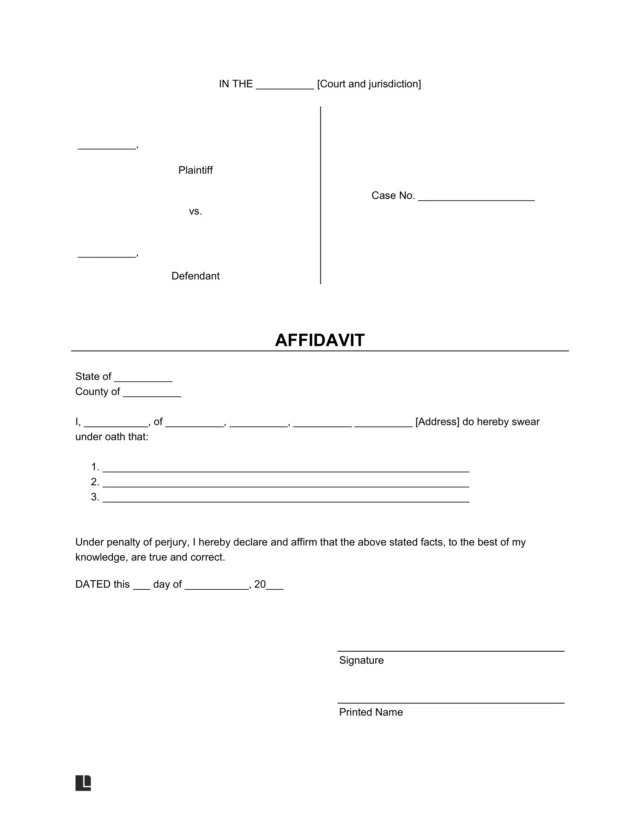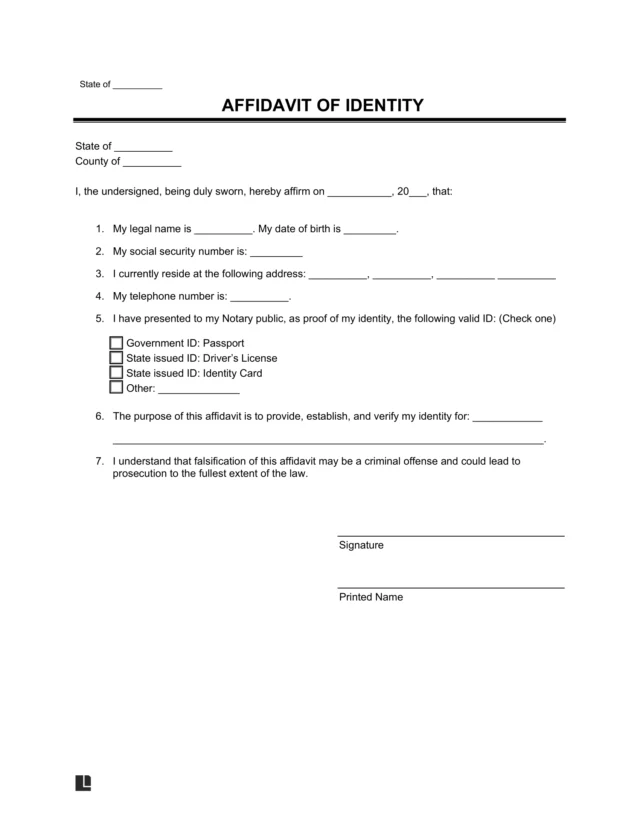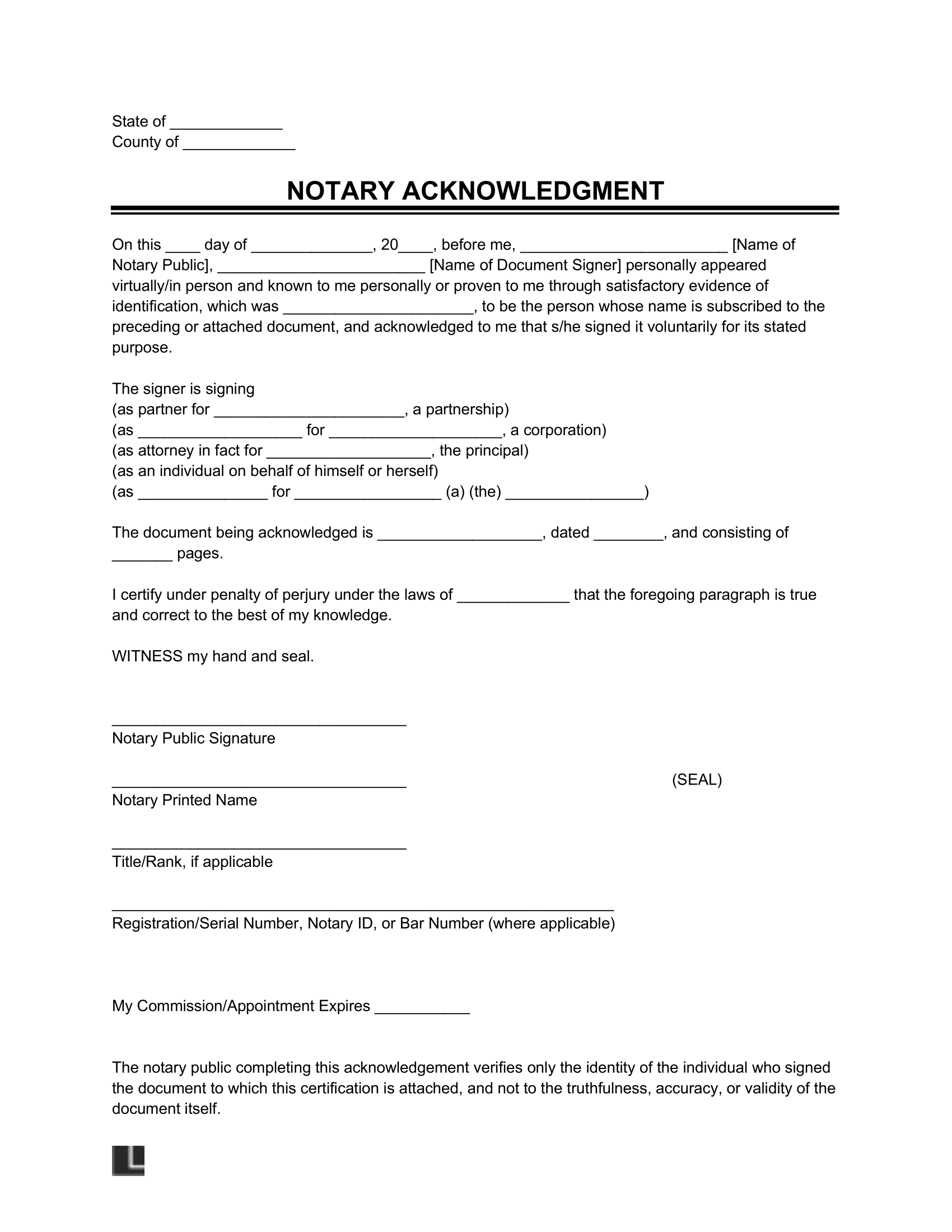Notary Acknowledgment Forms – By State
When getting a notary acknowledgment, it’s essential to use your state’s form. Explore our state-specific templates and corresponding guides, which include information about forms of acknowledgment, notary commission terms, and official state handbooks.
- Alabama
- Alaska
- Arizona
- Arkansas
- California
- Colorado
- Connecticut
- Delaware
- District of Columbia
- Florida
- Georgia
- Hawaii
- Idaho
- Illinois
- Indiana
- Iowa
- Kansas
- Kentucky
- Louisiana
- Maine
- Maryland
- Massachusetts
- Michigan
- Minnesota
- Mississippi
- Missouri
- Montana
- Nebraska
- Nevada
- New Hampshire
- New Jersey
- New Mexico
- New York
- North Carolina
- North Dakota
- Ohio
- Oklahoma
- Oregon
- Pennsylvania
- Rhode Island
- South Carolina
- South Dakota
- Tennessee
- Texas
- Utah
- Vermont
- Virginia
- Washington
- West Virginia
- Wisconsin
- Wyoming
Do States Allow Remote Online Notarization?
Most states allow remote online notarization (RON). The only states that do not allow it are Georgia and Massachusetts.
What Is a Notary Acknowledgment Form?
A notary acknowledgment form is a document that a notary public signs to confirm that someone signed another legal document as themselves. The state government authorizes a notary public to act as an impartial witness.
When you need to sign a legal document, you can do it before a notary public. This process grants your legal document more validity, as it will have been confirmed that you signed it willingly.
Many legal and financial documents require notarization. Here are some examples of documents that commonly need notarization:
- Last wills
- Powers of attorney
- Quitclaim deeds
- Prenuptial agreements
- Postnuptial agreements
- Affidavits
Even if a document doesn’t legally require notarization, it can still be helpful to do so. Notary acknowledgment ensures that the document wasn’t fraudulently signed, adding an extra layer of trust and credibility.
Types of Notary Acknowledgments
A notary public has a versatile role, as they can acknowledge the following certificates:
- Standard acknowledgment: The notary public verifies the signer’s identity and watches them sign the document to confirm voluntariness.
- Jurat: The notary public asks the signer to attest to the truthfulness of the document’s contents and signs their acknowledgment.
- Oaths/affirmations: An oath or affirmation is a solemn promise or affirmation of a document’s truthfulness. It’s part of a jurat.
- Copy certifications: The notary public attests to the trueness of a photocopy compared to its original document.
How to Get a Document Notarized
If you’re in the middle of a legal process and need to get a document notarized in order to proceed, we’re here to help. Learn how to get a document notarized using Legal Templates’s notary acknowledgment form.
Step 1 – Find a Notary Public
If you need to know where to find a notary public, you have multiple options available to you. For example, you can visit a financial institution like a bank or credit union. If you’re a member, you’ll likely get access to complimentary notary services. Otherwise, major banks like TD Bank, Chase Bank, or Bank of America often provide notarization for a small fee.
Other places to find a notary public include:
Step 2 – Fill Out the Form
When it comes to learning how to fill out a notary form, the process is simple with our template. Use our form to fill out these details before you visit the notary public’s office:
- Notary location: State and county
- Signer details: Name and identification you will present (passport, driver’s license, etc.)
- Document details: The document being notarized, its date, and the number of pages.
Filling out our notary template in advance can save you time at your notary appointment. Be sure to wait to sign the document you want acknowledged until you’re in the notary public’s presence. Otherwise, the notary won’t be able to confirm it was you who signed the document.
Step 3 – Meet with the Notary
Make an appointment with the notary public. Once you meet with them, present them with the document and your preferred identification.
Bring a current, government-issued photo ID to ensure the notary public will accept it. They will not accept forms of ID without your photograph, such as Social Security cards, credit cards, and library cards.
Step 4 – Sign the Document
Sign the document you want acknowledged in the presence of the notary, ensuring the notary can properly witness it. If your document also requires disinterested witnesses to sign, ensure they sign before the notary public.
Step 5 – Have the Notary Complete the Acknowledgment
Once the notary witnesses your signature and verifies your identification, they can sign the notary signature page. Their signature, stamp, and seal on our notary letter template confirm that you signed the document willingly and on your own.
Step 6 – Keep a Record
Once the notarization is complete, keep the original document and notary acknowledgment in a safe place. Consider making a copy or taking a photo for your records. In many states, the notary will also record the notarial act in their official journal for future reference.
Notaries' Duty to Confidentiality
Rest assured, the notary public is bound by law to keep the contents of your document confidential, helping protect your privacy.
Sample Notary Statement
View a sample notary statement to learn what a notary acknowledgment looks like. Then, use our printable notary acknowledgment form to create your own. Download in PDF or Word format.
Notarization Laws By State
Each jurisdiction has its own state law governing notary procedures. The following is a table highlighting these laws:
| State | Laws |
|---|---|
| Alabama | AL Code § 35-4-29 |
| Alaska | AK Stat § 09.63.100 |
| Arizona | AZ Rev Stat § 41-251 |
| Arkansas | AR Code § 16-47-107 |
| California | CA Civ Code § 1189 |







